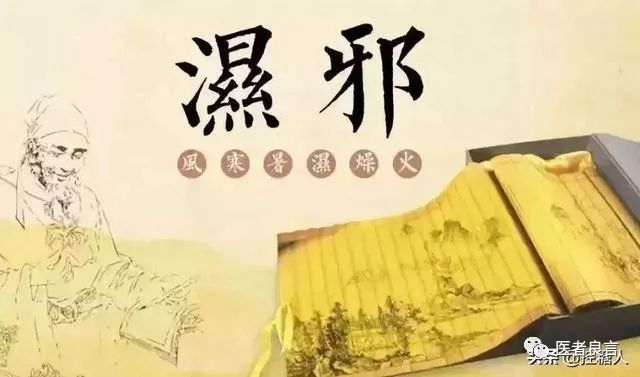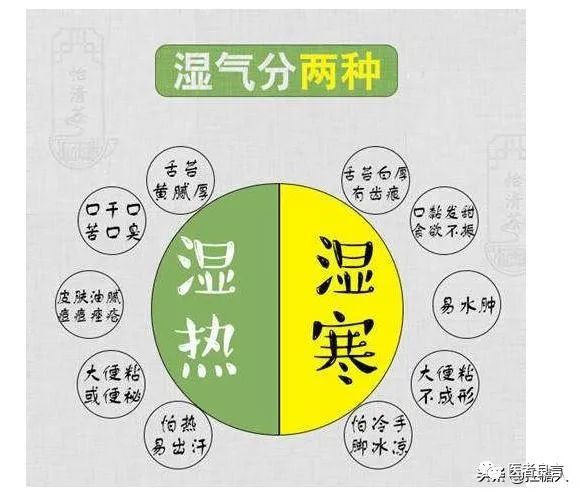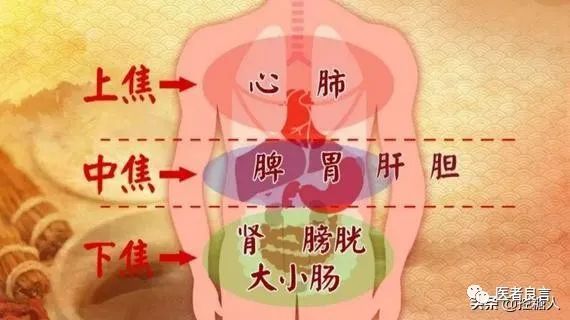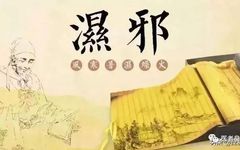Damp-Heat Accumulation (shī rè jiā xià) is a term in Traditional Chinese Medicine (TCM) that describes a pathological condition related to the invasion of damp-heat evil qi.
In TCM, the human body is divided into three regions: the upper jiao (shàng jiāo), which primarily includes the heart and lungs; the middle jiao (zhōng jiāo), which mainly encompasses the spleen and stomach; and the lower jiao (xià jiāo), which includes the kidneys, bladder, and intestines.

Damp-heat accumulation refers to the condition where the body is affected by external damp-heat evil, or due to unclean diet, leading to damp-heat flowing into the lower jiao, where it stagnates. Coupled with spleen and stomach deficiency, the transformation and transportation of fluids become obstructed, resulting in symptoms of damp-heat accumulation.

Symptoms of Damp-Heat Accumulation
The main symptoms of damp-heat accumulation include frequent urination, urgency, yellow and turbid urine, and foul-smelling, sticky stools.
The clinical manifestations of damp-heat evil vary depending on the affected area:
-
If damp-heat accumulates in the bladder, it may lead to symptoms such as yellow and turbid urine, painful urination, and frequent urination.
-
If damp-heat accumulates in the large intestine, symptoms may include abdominal pain, diarrhea, foul-smelling stools, and anal burning.
-
If damp-heat accumulates in the liver channel, men may experience dampness or ulceration of the scrotum, itching with odor in the genital area, while women may have vulvar itching, yellowish, sticky, foul-smelling discharge, early menstruation, dark red blood, and heavy flow.
-
If damp-heat accumulates in the kidney channel, symptoms may include nocturnal emissions, a heavy feeling in the lower abdomen, irritability, athlete’s foot, and yellow, turbid urine.
-
If dampness accumulates in the chest and abdomen, symptoms may include aversion to greasy foods, abdominal distension, bitter and sticky mouth, and nausea.
-
If damp-heat obstructs the meridians of the lower jiao, it may lead to sores, swelling, and pain in the lower limbs.

Treatment of Damp-Heat Accumulation
Damp-heat accumulation affects multiple organs, leading to complex clinical presentations. Treatment should be based on syndrome differentiation, combining dietary adjustments with TCM formulas, herbal decoctions, and acupuncture for comprehensive management.
-
Treatment Principle: Clear Heat and Drain Dampness
-
Treatment Method: Comprehensive Regulation
1. Dietary Regulation
Maintain a light diet, avoiding spicy, stimulating, fried, and greasy foods, and refrain from consuming raw or cold foods. It is also important to avoid smoking and alcohol.
Increase intake of fresh fruits and vegetables, and consume foods that dispel dampness, such as coix seed (yì mǐ), lentils (biàn dòu), winter melon (dōng guā), and red adzuki beans (hóng xiǎo dòu).
In terms of lifestyle, avoid prolonged exposure to damp environments, wash your face and soak your feet with warm water, and engage in regular physical exercise.

2. Herbal Regulation
For damp-heat accumulation, appropriate oral administration of herbs that clear heat and drain dampness can be beneficial. Commonly used TCM formulas include Long Dan Cao Pian (Long Dan Clear the Liver Pills), San Huang Pian (Three Yellow Pills), Qing Huo Pian (Clear Fire Tablets), Yin Zhi Huang Oral Liquid (Yin Zhi Huang), Zhi Zi Jin Hua Wan (Gardenia and Gold Flower Pills), and Huang Lian Shang Qing Wan (Huang Lian Clear the Upper Pills). Among these, Long Dan Cao Pian is a typical formula for treating damp-heat accumulation.
Herbal decoctions such as Ban Xia Xie Xin Tang (Ban Xia Xie Xin Decoction), Ge Gen Qin Lian Tang (Ge Gen and Qin Lian Decoction), and Long Dan Xie Gan Tang (Long Dan Clear the Liver Decoction) can also be used.
For specific cases of damp-heat accumulation, TCM practitioners may recommend tailored TCM formulas or combinations of herbs that clear heat and drain dampness, such as Ban Xia (Pinellia), Huang Lian (Coptis), Huang Qin (Scutellaria), Dang Shen (Codonopsis), Gan Jiang (Dried Ginger), Fu Ling (Poria), Cang Zhu (Atractylodes), Yin Chen (Artemisia), Ze Xie (Alisma), and Zhi Gan Cao (Honey-fried Licorice).

-
If damp-heat accumulates in the large intestine, leading to foul-smelling stools and constipation, San Huang Pian may be taken.
-
If damp-heat accumulates in the bladder, causing frequent, urgent, and painful urination, Ba Zheng Pian (Eight Correcting Tablets) or Long Dan Cao Pian may be used.
-
If damp-heat stagnates in the Dai Mai (Girdle Vessel), Fu Ke Jing (Fu Ke Jing) or Jing Dai Ning (Jing Dai Ning) may be selected.
Conclusion
Damp-heat accumulation is a pathological condition in TCM where damp-heat evil descends into the lower jiao, affecting various organs and causing diverse symptoms. Treatment should be based on TCM differentiation, focusing on clearing heat and draining dampness, while maintaining good dietary and lifestyle habits to effectively regulate the body!

